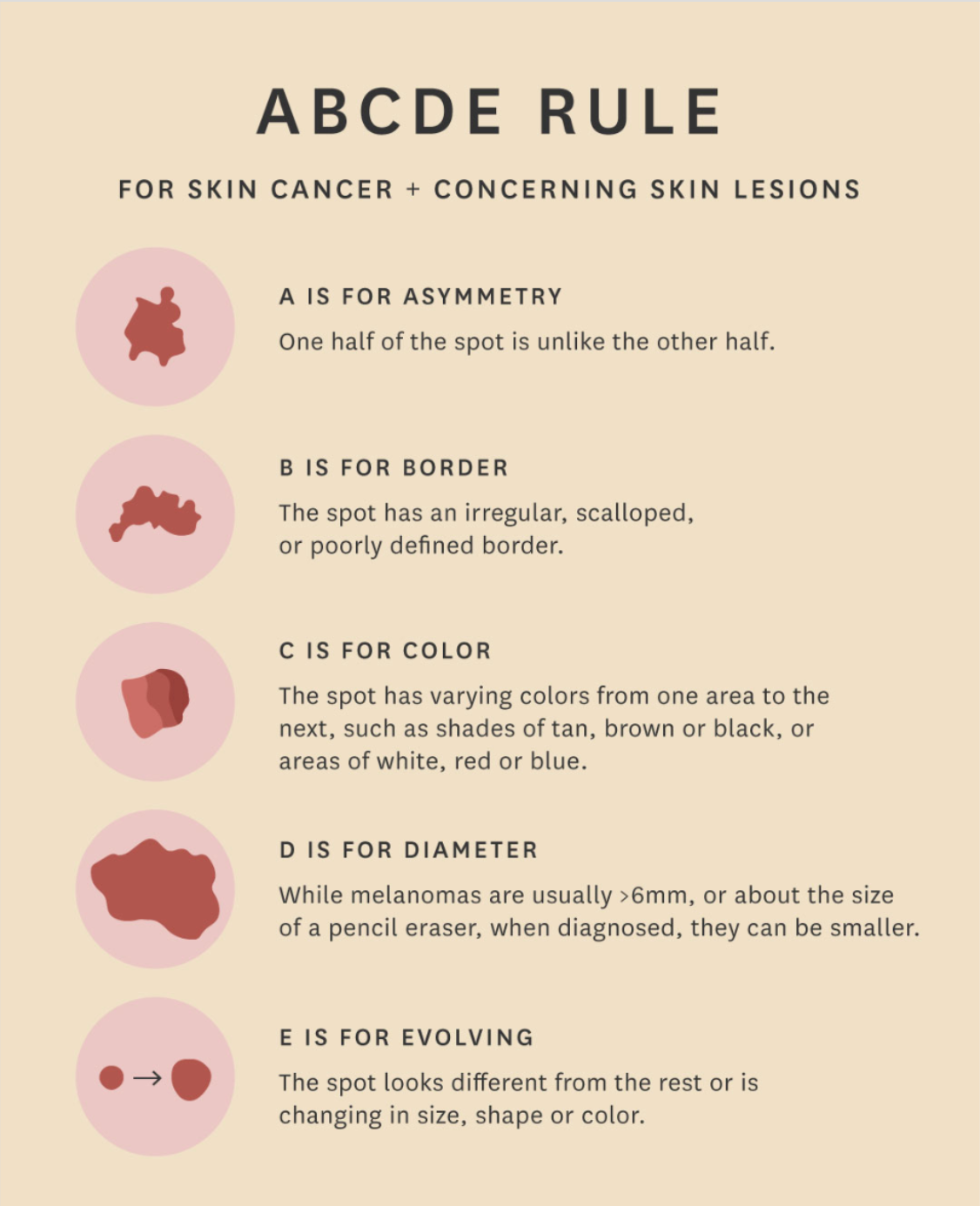melanoma month
Melanoma is a kind of skin cancer that starts in the cells that give our skin its colour known as the melanocytes.
Melanoma accounts for only about 1% of skin cancers but causes a large majority of skin cancer deaths. There is no way to prevent melanoma, but there are things you can do to lower your risks.
Knowing Your Risks:
Exposure to ultraviolet (UV) rays is a major risk factor for most melanomas. Sunlight is the main source of UV rays and is the main cause of the damaging effects on the skin. UV rays damage the DNA (genes) inside the skin cells and when this damage affects the genes that control skin cell growth skin cancer can begin.
You have many moles. Most moles will never cause problems, but someone with many moles is more likely to develop melanoma.
You have lighter skin. The risk of melanoma is much higher for people with lighter skin color than for people with darker skin. Among people with lighter skin, those with red or blonde hair, blue or green eyes, or skin that freckles or burns easily are at increased risk.
One or more of your first-degree relatives (parents, brothers, sisters, or children) has had melanoma. Around 1 in 10 people with melanoma have a family history of the disease.
You’ve already had skin cancer. A person who has already had melanoma has a higher risk of getting melanoma again and those who have had basal or squamous cell skin cancers are also at increased risk of getting melanoma.
You have a weakened immune system. People with a weakened immune system (from certain diseases or medical treatments) are more likely to develop many types of skin cancer, including melanoma.
Your age. The risk of melanoma increases as people age, but melanoma can also develop in younger people. Melanoma is one of the most common cancers in people younger than 30 (especially younger women). Melanoma that runs in families also may occur at a younger age.
You are a man. In the United States, men are more likely than women to get melanoma, although this varies by age. Before age 50, the risk is higher for women; after age 50, the risk is higher for men.
Protection and early detection are your best bet for lowering your risk of melanoma. Stage one is highly curable. It has a 98.4% 5-year survival rate.
How to protect your skin.
Use a broadband SPF 15 or higher reapplying every two hours when outdoors. Remember that although UV levels tend to be highest under cloudless skies 90% of UV rays can still pass through light cloud coverage. This is also something to think about indoors. If a plant can grow where you are sitting UV rays are present!
Seek shade coverage or avoid going outdoors between 10am and 4pm. However, check the UV index on your weather app if you have one as I’ve noticed this time can change.
Detection
I’ve always tried to be mindful of changes in one’s skin when analyzing their face during a facial. The tool I use is ABCDE for skin cancer.
Self examination is important. You see your skin more than anyone else does. Follow the link here to learn how to do so.
Annual skin exam. Seeing a dermatologist once a year, or more often if you are at a higher risk of skin cancer, for a full-body skin exam is recommended.

